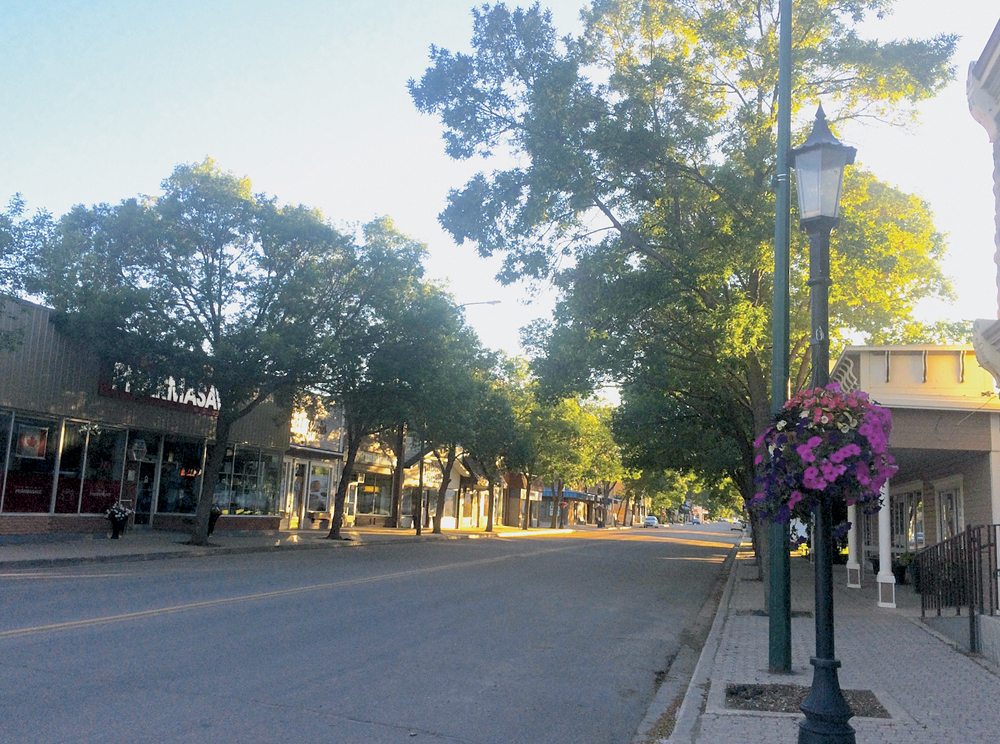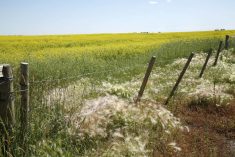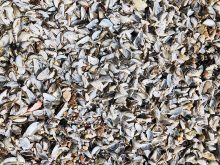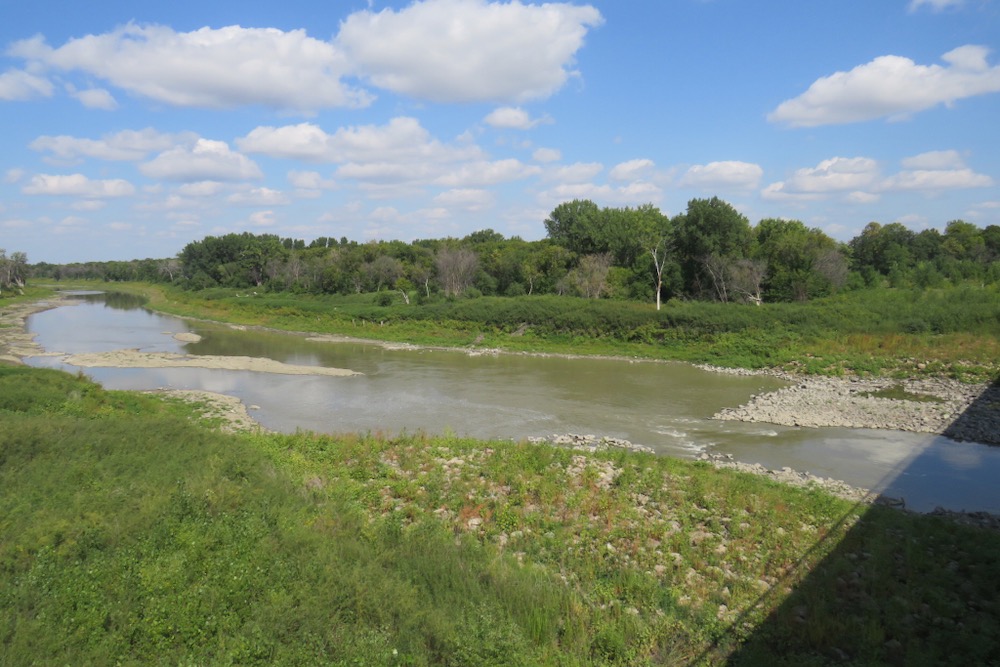Morden isn’t waiting until it discovers the emerald ash borer (EAB) in its midst to take action to protect its public trees.
Starting later this winter the city will begin systematically removing the tree species that would otherwise attract the invasive beetle.
One hundred and fifty green ash trees will be taken down in 2018 and new trees of other species planted to replace them.
The same number of trees will be taken out annually over the next decade, coupled with strategic tree treatments, ongoing vigilance and public awareness and education efforts.

It’s a proactive, hybrid approach Morden is taking to slow the spread of EAB, said Shawn Dias, certified arborist and Morden’s urban forestry manager.
Dias outlined Morden’s EAB management strategy during a public meeting in the city earlier this month.
Morden will certainly miss the benefits of mature trees gone but long term this is going to make the city less vulnerable to the wholesale destruction EAB would otherwise cause, he said.
“We’re in a better situation than if we just wait (for EAB to be detected). Like everyone says, ‘the best time to plant a tree is 10 years ago.’ So we’re trying to start now.”
On December 7, 2017 EAB was positively identified in the City of Winnipeg by the Canadian Food Inspection Agency. The invasive species has moved westward from its last known location 700 km away in Thunder Bay, where it was identified in June of 2016.
Read Also

Farmer-friendly nematodes: Tiny worms for big canola pest control
Not all nematodes are equal in farm fields. Beneficial species of the tiny soil-dwelling worms could one day help beat back damaging canola insect pests like diamondback moth on the Canadian Prairies.
What’s been worrisome for city officials for some time is that the beetle may be present but undetected in its abundant green ash trees which play host to the destructive insect.
Data that helped Morden decide on a course of action came from a city-wide public tree inventory showing nearly 2,000 of the city’s public trees — 37 per cent — are green ash. That percentage which doesn’t include ash trees on private properties or in wooded areas within the city limits is too high for one species of tree and it’s what’s making them exceedingly vulnerable for when EAB inevitably makes its way into southern Manitoba, Dias said.
Replacing them now with other trees — other leading tree species in Morden right now include linden, maple, elm, hackberry, oak and spruce — is their best defence.
“By 2028 we will have more diversity in our trees on our boulevards and in our parks,” Dias said.
“We will have reduced that percentage of ash down to what we estimate to between 10 to 14 per cent. For one genus that’s appropriate.”
Morden has been on the watch for EAB for several years and city officials say it’s inevitable it will reach them sooner or later, given their proximity to Winnipeg and the connectivity of ash across southern Manitoba. There are thousands of ash trees in natural wooded areas and shelterbelts in farmers’ fields are very high percentage ash as well.
“I think it’s just a matter of time,” Dias said. “We’ve always known it’s a potential threat. All we can do now is do some measures to protect our community and slow the spread.”
The visual signs and symptoms of EAB in ash may only occur several years after the beetle arrives. Once discovered, EAB could destroy all ash trees within a decade.
The connectivity of ash trees makes this a threat outside the perimeter that’s far wider than heavily treed cities like Morden.
Next month Dias will speak at a workshop hosting municipal officials from across Manitoba so others can decide how they’ll slow the spread of EAB.
Morden’s high percentage of ash trees is fairly typical of what’s to be found in other towns and villages, and are at similar risk of losing public trees along boulevards, main streets and green spaces if action isn’t taken to stem the spread of EAB.
“We’re trying to spearhead some discussions about what we can do within Manitoba and outside Winnipeg,” said Dias.
“We want to get the ball rolling and start getting people thinking about what they can do in their rural communities.”
The loss of local trees isn’t merely a matter of esthetics.
A report released in December in Morden valued the city’s trees’ ecosystems services going far beyond the visual impact of trees to include storm water reduction, energy savings, air quality improvements, and an increase in property values. Morden’s Urban Forest Management Plan (UFMP) identifies the annual average benefit at $127 per tree.



















